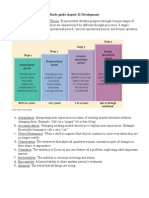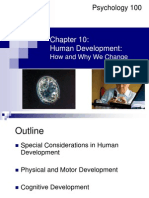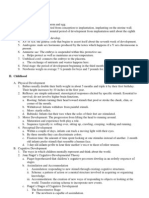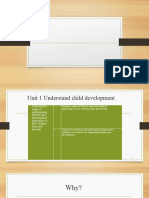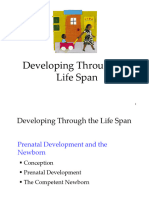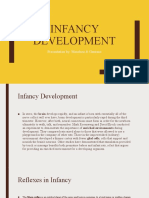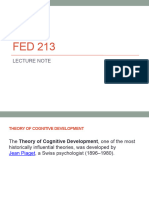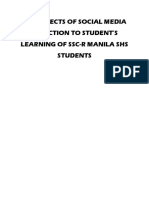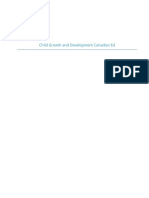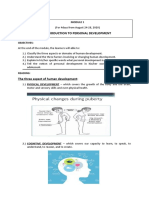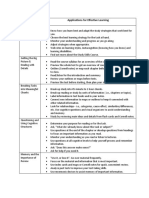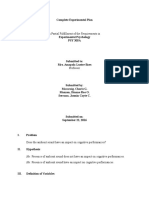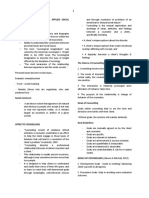0% found this document useful (0 votes)
20 views9 pagesDevelopment
Developmental psychology studies the continuity and change throughout the human lifespan, often through stages such as Erikson's psychosocial development. Key areas include prenatal development, cognitive growth as outlined by Piaget, and social development through attachment theories. The document also explores adolescence and adulthood, emphasizing identity formation, peer relationships, and changes in abilities and goals across different life stages.
Uploaded by
taraashleyciptoCopyright
© © All Rights Reserved
We take content rights seriously. If you suspect this is your content, claim it here.
Available Formats
Download as PDF, TXT or read online on Scribd
0% found this document useful (0 votes)
20 views9 pagesDevelopment
Developmental psychology studies the continuity and change throughout the human lifespan, often through stages such as Erikson's psychosocial development. Key areas include prenatal development, cognitive growth as outlined by Piaget, and social development through attachment theories. The document also explores adolescence and adulthood, emphasizing identity formation, peer relationships, and changes in abilities and goals across different life stages.
Uploaded by
taraashleyciptoCopyright
© © All Rights Reserved
We take content rights seriously. If you suspect this is your content, claim it here.
Available Formats
Download as PDF, TXT or read online on Scribd
/ 9







